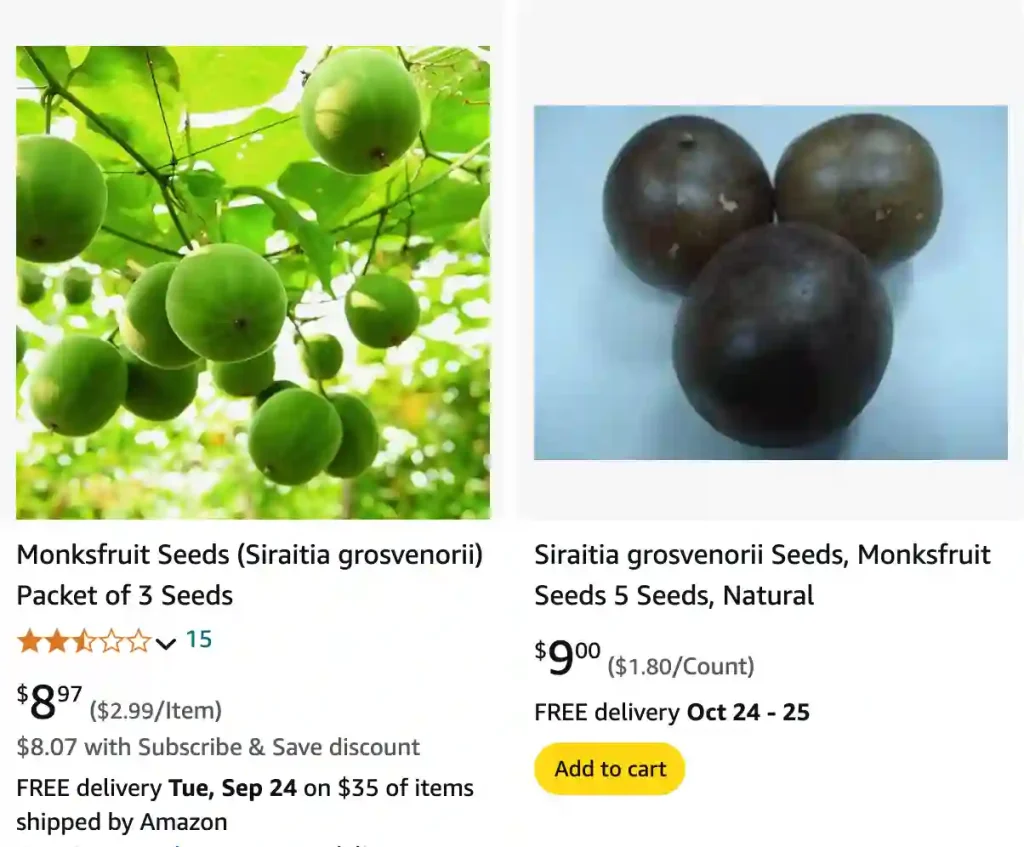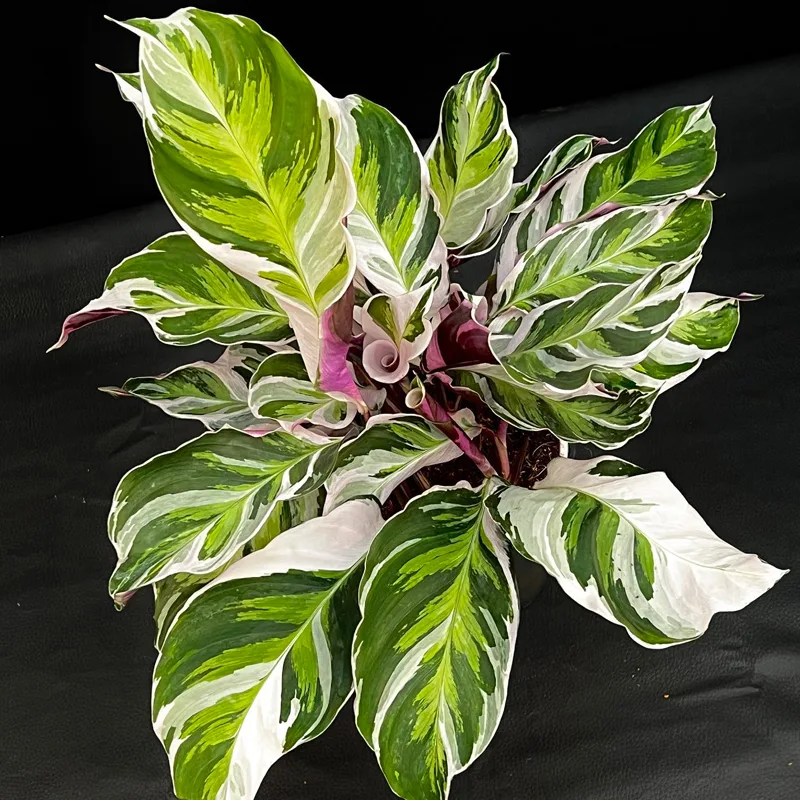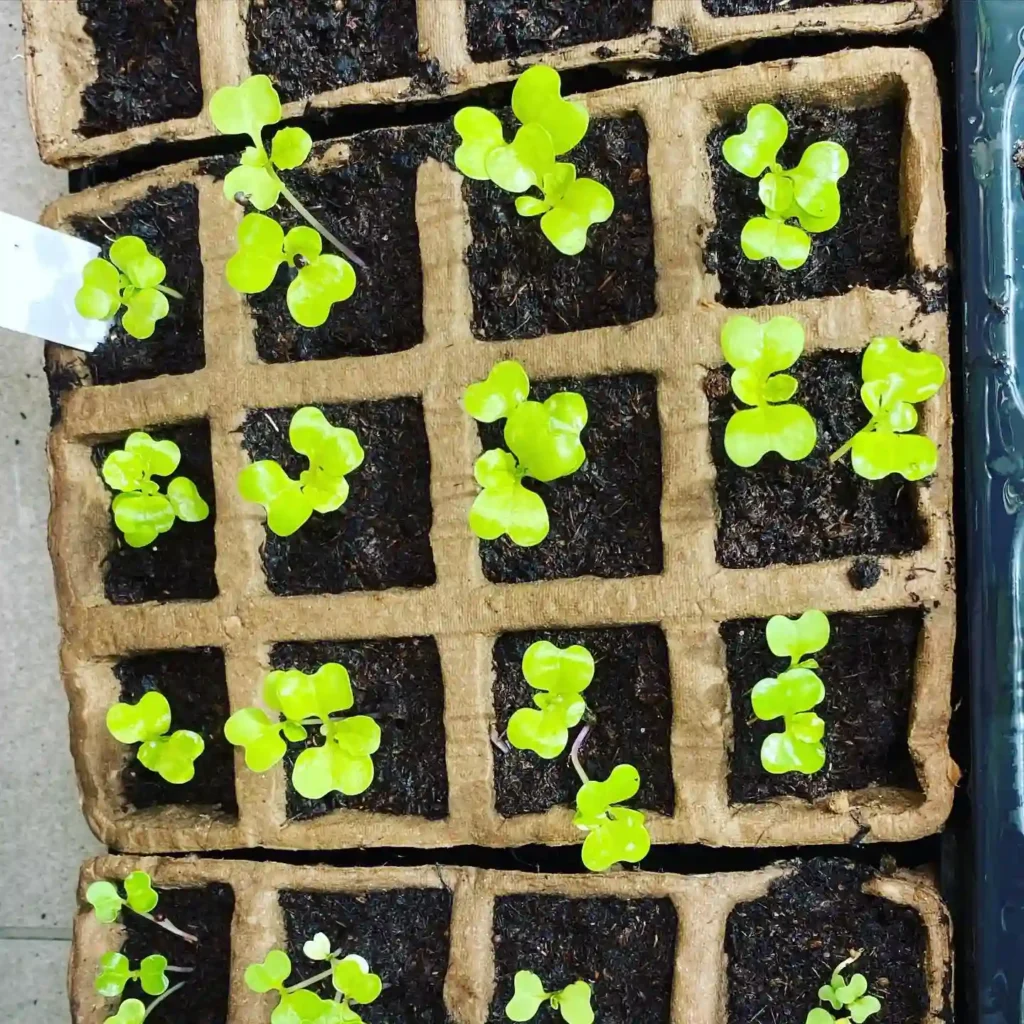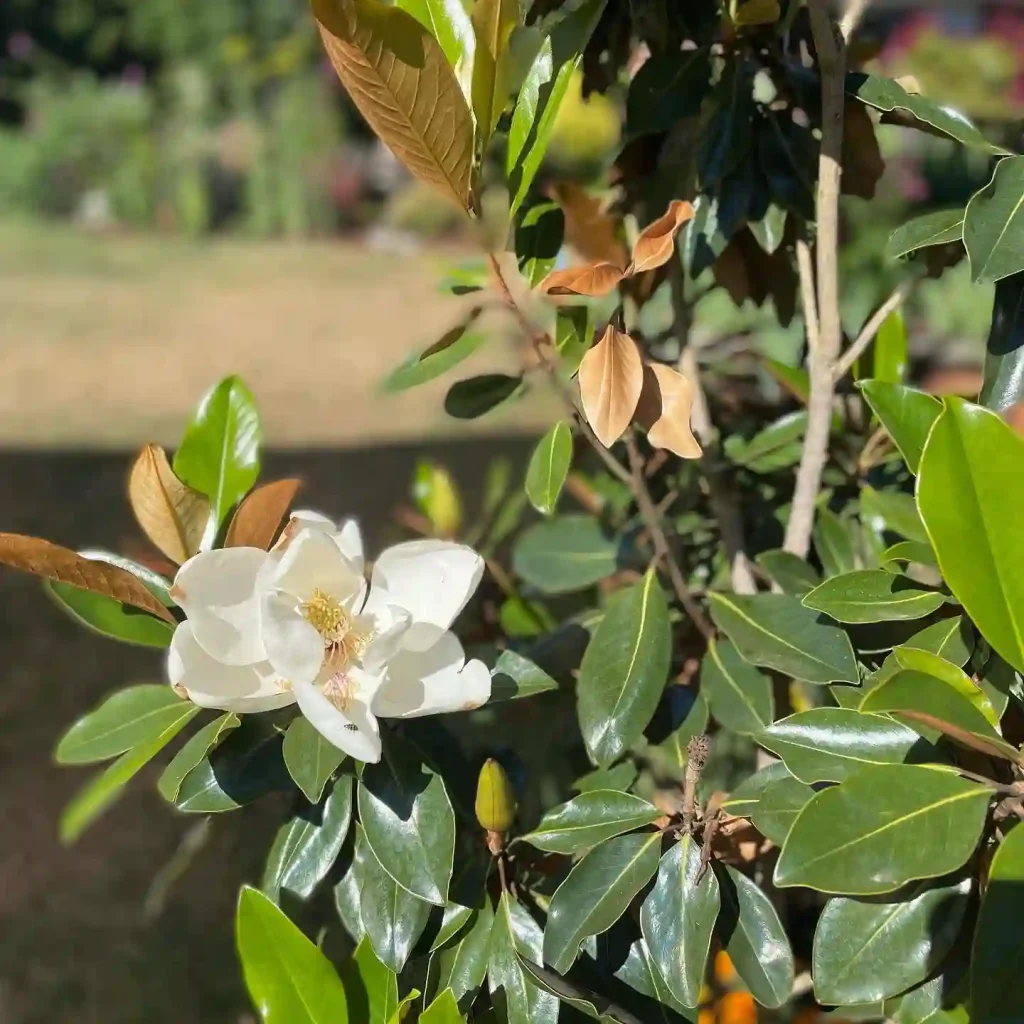
What Is Siraitia Grosvenorii?
Siraitia Grosvenorii, also known as monk fruit, belong to the Cucurbitaceae family, is a small, round fruit that comes from the vine in the gourd family. It’s native to southern China and northern Thailand, where it has been used for centuries in traditional medicine. The fruit is most known for its intense sweetness, which comes from natural compounds called mogrosides, making it a popular sugar substitute in modern diets.
Plant Family: 101 Genera in Cucurbitaceae
The fruit itself has a long history of being used to treat ailments such as coughs and sore throats, but today, it’s primarily harvested for its sweetening properties. The sweetness of Siraitia Grosvenorii is extraordinary; it’s up to 300 times sweeter than sugar but contains zero calories, making it a great option for those seeking to reduce sugar intake.
Siraitia Grosvenorii vs Momordica Grosvenorii: What’s the Difference?
I’ve come across some confusion when people talk about Siraitia Grosvenorii and Momordica Grosvenorii. Are they the same? The short answer is yes—Siraitia Grosvenorii used to be classified under the genus Momordica, but later on, botanists reassigned it to the genus Siraitia. This change is mostly taxonomic and doesn’t affect the fruit itself. However, some older texts and references may still refer to it as Momordica Grosvenorii. So, when you see Momordica Grosvenorii, rest assured it’s the same as Siraitia Grosvenorii.
How Do You Care for Siraitia Grosvenorii?
If you’re lucky enough to get your hands on Siraitia Grosvenorii seeds or seedlings, you’ll need to give them some special care, especially if you’re growing it outside its native climate. This plant prefers warm, subtropical conditions, so if you’re in a cooler region, you may need to grow it in a greenhouse or indoors.
The soil should be well-draining, rich in organic matter, and slightly acidic to neutral. Regular watering is essential, especially in the early stages, but ensure the soil doesn’t stay soggy to avoid root rot. The vine also needs something to climb on, so provide it with a trellis or another support structure as it grows.
Can You Grow Siraitia Grosvenorii Indoors?
Growing Siraitia Grosvenorii indoors can be challenging, but it’s possible. The plant needs plenty of sunlight, at least 6-8 hours a day, so a sunny windowsill or grow lights are essential. Because it’s a vine, you’ll also need to give it enough vertical space to grow. Temperature control is another consideration, as it prefers warmth and humidity. If you live in a cooler climate, growing it indoors might be your only option to ensure a stable, warm environment year-round.
How Do You Propagate Siraitia Grosvenorii?
Propagating Siraitia Grosvenorii is generally done through seeds or cuttings. If you’re using seeds, plant them in well-draining soil and keep them in a warm, humid environment. Germination can take a few weeks, and the seedlings need a lot of light.
Cuttings are another method, where you take a piece of the vine and plant it in moist soil. Rooting hormones can improve your success rate. The vine will need to establish itself for a while before it can start producing fruit, but the process is well worth it.
Is Siraitia Grosvenorii Toxic?
Siraitia Grosvenorii is not toxic to humans, pets, or livestock, which is one of its many appealing traits. It’s been used for centuries in food and traditional medicine without any reports of toxicity. The extract from the fruit is often used as a natural sweetener in various products and is considered safe for consumption by most health organizations.
What Are the Benefits of Siraitia Grosvenorii?
One of the primary benefits of Siraitia Grosvenorii is its natural sweetness without calories. For those looking to cut down on sugar or manage conditions like diabetes, this fruit offers a fantastic alternative. Unlike artificial sweeteners, monk fruit sweeteners are derived from a natural source, which appeals to those looking for cleaner, healthier alternatives.
In traditional Chinese medicine, Siraitia Grosvenorii has also been used to treat respiratory issues, such as coughs and sore throats. Some modern studies suggest it may have anti-inflammatory and antioxidant properties, although more research is needed to confirm these potential health benefits.
What Are Common Problems With Siraitia Grosvenorii?
If you’re growing Siraitia Grosvenorii, the most common problems are related to its sensitivity to environmental conditions. It thrives in warm, humid climates, so growing it in a cooler or drier region can be challenging. Poor drainage in the soil can lead to root rot, and the plant may struggle to grow in areas without sufficient sunlight.
Pests such as aphids, whiteflies, and spider mites may also target the plant, especially if it’s growing indoors or in a greenhouse. Regular inspection and natural pest control methods can help keep these in check.
What to Plant With Siraitia Grosvenorii?
Since Siraitia Grosvenorii is a climbing vine, it pairs well with other climbing or trellis plants like beans or peas. You can also plant it alongside other gourd family members like cucumbers or squash. However, avoid planting it with plants that require drastically different growing conditions, as that could cause issues with soil or light requirements.
How Does Siraitia Grosvenorii Compare With Other Plants?
When comparing Siraitia Grosvenorii with other sweeteners, like Stevia or artificial sweeteners, its natural origin is a major draw. Stevia is another natural sweetener, but it can have a bitter aftertaste, whereas monk fruit has a cleaner sweetness. In terms of growing conditions, it’s a bit more challenging than typical garden plants, as it requires specific climates to thrive.
Conclusion
Siraitia Grosvenorii, or monk fruit, is a unique and valuable plant. Whether you’re interested in it for its natural sweetness or want to try growing it yourself, it offers a range of benefits. Though it can be tricky to cultivate outside its native environment, with the right care and conditions, you can enjoy the rewards of this incredible plant.
If i die, water my plants!



